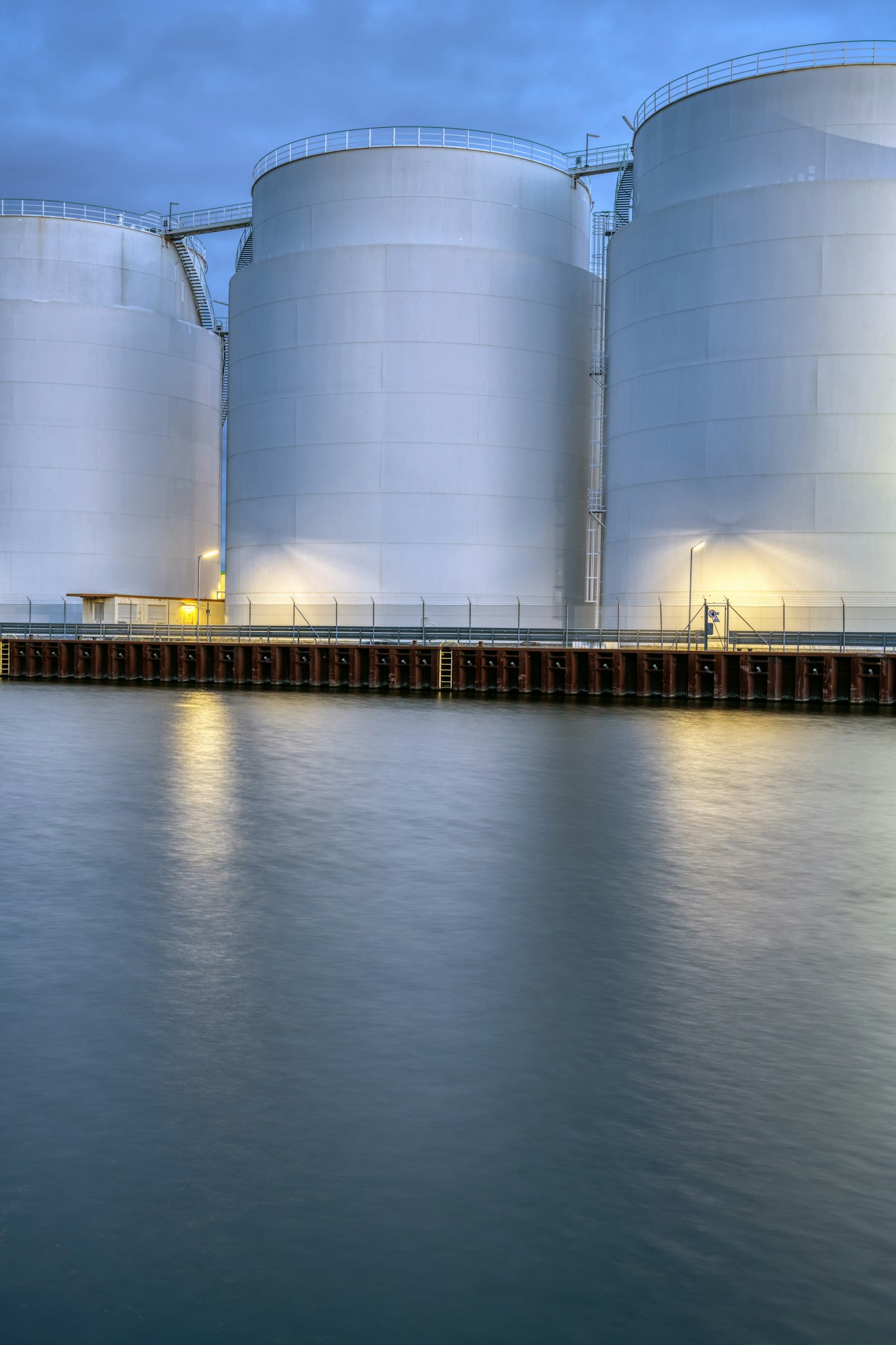High-Income Countries gradually reducing their reliance on fossil fuels: More than ever, African nations are urged to embrace pan-Africanism
- Category
- admin_wcf
- November 28, 2022
1. EU to end gas and diesel use 2035
2. The war on diesel/gas vehicles 2030
3. What the statistics on Africa imply
4. Should African countries rush to join the sustainability race?
There has been a great shift in attitudes towards climate change reform in the last decade as governments and organizations alike begin to confront the gravity of the situation and the damage that will ensue if the problem of rising global temperatures and the increased occurrence of natural disasters persists unchecked.
Conferences and summits are taking place on many global platforms. This year’s COP27 in the environmentally friendly Egyptian city of Sharm El-Sheikh commemorates the 30th anniversary of the UN Framework Convention on Climate Change’s adoption. Since then, the world has made great strides in the fight against climate change and its harmful effects on the environment; we are now better able to comprehend the science behind climate change, evaluate its effects, and create instruments to address its causes and effects.

The EU has banned sales of internal combustion machines
Legislation that would prohibit the sale of new gas and diesel vehicles in the 27-nation EU bloc by the year 2035 was approved by the European Parliament in late October. The bill, which has not yet received formal approval, aims to hasten the transition to electric cars and vans in an attempt to combat climate change.[2] [3] The parliamentary vote is thought to be the most significant stage in the procedure, even though the European Council still needs to discuss and approve the legislation before it can become law.
“This is a historic decision as it sets for the first time a clear decarbonization pathway,” according to Pascal Canfin, the chair of the environment committee of the European Parliament. “This sector, which accounts for 16% of European emissions at the moment, will be carbon neutral by 2050.” The agreement calls for automakers to reduce CO2 emissions from newly sold vehicles by 100% by 2035, and establishes a more immediate objective to reduce emissions by 55% for new cars and 50%
for new vans by 2030. In addition to benefiting the environment, officials argued it would benefit drivers; according to Reuters, the chief negotiator for the European Parliament, Jan Huitema, stated, “New zero-emission cars will become cheaper, making them more affordable and more accessible to everyone.”
The EU’s motivation is partially due to the fact that currently, roughly 38% of the natural gas that the EU27 imports come from Russia. According to IMF (International Monetary Fund) research, a drop in Russian gas supply of up to 70% may be managed in the short term by using alternate energy and supply sources and reducing demand due to previously high costs. This explains how some nations were able to abruptly stop importing Russian exports in support of Ukraine since the start of the Russian-Ukrainian war.

The war on diesel/gas vehicles
In a landmark move in the United States of America’s fight against climate change, California -the most populous state and the epicentre of American auto culture- will prohibit the sale of new gasoline-powered vehicles starting in 2035.
The regulation, which was announced by the California Air Resources Board, will compel automakers to accelerate the manufacturing of cleaner cars, pickup trucks, and SUVs starting in 2026 until sales of only zero-emission vehicles are permitted in the state.
The policy won’t prohibit citizens from continuing to drive gas-powered vehicles or from purchasing and reselling them on the used market after 2035. By 2035, automakers will be permitted to sell up to 20% of plug-in hybrids with gas engines under the new regulations. However, the law will gradually phase out these vehicles, mandating that by 2026, 35% of all new vehicle sales must be battery or hydrogen-powered, and by 2030, this requirement rises to 68%. The state reported that in 2022, more than 16% of new automobiles sold in California were zero-emissions vehicles, up from 12.41% in 2021 and 7.78% in 2020.
Beyond California, the ruling is anticipated to have wide-ranging effects and probably pave the path for other states to follow suit. At least 15 states, including Pennsylvania, New Jersey, and New York, have ratified California’s vehicle standards, which replaced earlier clean-car regulations.
Numerous nations outside of the European Union have made plans to phase out cars with internal combustion engines. According to Autoweek, Japan declared in 2020 that it would phase out the sale of gas and diesel-engine vehicles by the year 2035, but it confirmed that it would continue to allow the sale of hybrid vehicles. Along with Japan and California, Canada also announced plans to phase out the sale of gas engines by 2035.
What the statistics on Africa imply
According to information made public by the National Bureau of Statistics, Nigeria spent a total of N1.506 trillion on the importation of petroleum during the first quarter of 2022. As of 2020, Nigeria was the continent’s top importer of petroleum products, with a volume of approximately 466,000 barrels per day. Morocco followed, bringing about 240,000 barrels per day. In the same year, Africa imported more than 1.7 million barrels of petroleum products on average. The Nigerian National Petroleum Corporation’s April 2021 report on the breakdown of the use of crude oil for the supply of domestic products revealed 145.86 billion barrels of petroleum were processed by international facilities between March 2020 and March 2021. Analysis of the study also revealed that none of the nearby refineries received any crude oil for processing between March 2020 and March 2021. Comparatively, Nigeria routinely makes little profit when exporting oil since it must import refined crude oil.
With the development that EU nations will reduce their reliance on oil and gas, African countries can emerge from a potentially dire predicament by concentrating on exporting to nations whose dependence on crude oil and gas will increase and/or nations for whom strong relations in terms of existing trade agreements, are already in force, such as India (who imported 106.4 billion dollars worth of crude oil in 2021). Trade agreements must be renegotiated by African states in order to enable the expansion of refineries and the sale of crude oil products to developing nations on the continent that have not yet crossed the threshold of switching to sustainable energy production.
The demand for oil in Africa rose to an average of over 4.36 million barrels per day in 2022. This was the second-highest volume recorded for the year under review, with a small rise over the prior year. In the period under consideration, the continent’s demand for oil reached a peak in 2019 at 4.43 million barrels per day. Pan-Africanism therefore appears to be the most rational and lucrative next step in the economic development of the continent, with so much leverage to be gained from the African market.
When managed strategically, Africa’s abundant oil and gas resources can assist in speeding up economic development on the continent. Even if new resources are steadily being found, they are not equitably distributed; in fact, 38 of the 53 African nations are currently net oil importers. Thus, high and fluctuating oil prices are a problem for the entire continent of Africa; they give exporting nations a chance to grow and importing nations a barrier to overcome.

Should Africa rush to join the sustainability race?
Given their insignificant historical GHG (greenhouse gas) emission contributions and the inadequate knowledge of what net zero would entail for nations with severely underdeveloped economies and energy infrastructure, it seems logical that African nations might exhibit caution and refrain from wholeheartedly committing to the net-zero race. In order to compete alongside the West in the race to achieve persistent carbon emission reductions, technical and behavioural changes must occur quickly—at a pace that is out of sync with the social, political, and economic climate today.
Contrary to industrialised economies, many developing nations are striving to construct new, low-carbon emitting models that have not yet been tried. This is because they lack the established energy and industrial infrastructure from which they can transition. These economically developing nations will likely be the only ones to suffer if this model fails to achieve the levels of economic growth fueled by coal, oil, and natural gas in more developed climes. Additionally, for the overwhelming majority of African states, the investment requirements are much greater than what has historically been accomplished within their manufacturing and energy sectors.
With unprecedented levels of flooding and famine, climate change is already threatening lives and livelihoods in Africa. Therefore, the continent has a vested interest in limiting the effects of global warming. Africa must without a doubt begin the process of decarbonization, but it must also acknowledge its limitations and design workable solutions that prioritise the continent’s development.